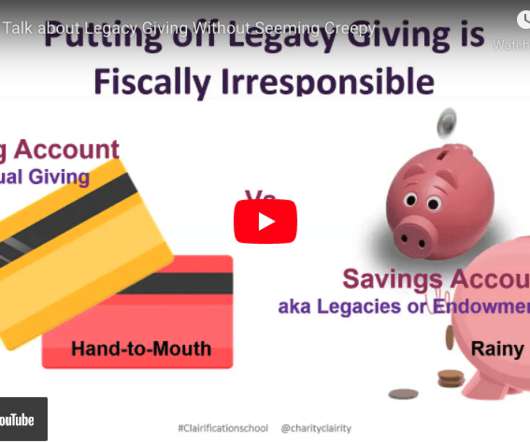Trainer’s Notebook: Group Polling Techniques and Tools and Incorporating Movement
Beth's Blog: How Nonprofits Can Use Social Media
NOVEMBER 12, 2015
Help the facilitator understand who is the room at the beginning (demographics, experience, attitudes, knowledge about the topic) – a quick and dirty participant assessment. Help the facilitator understand how people are feeling half-way through the session so real-time tweaks to design can be made. Support a fun icebreake r.













Let's personalize your content